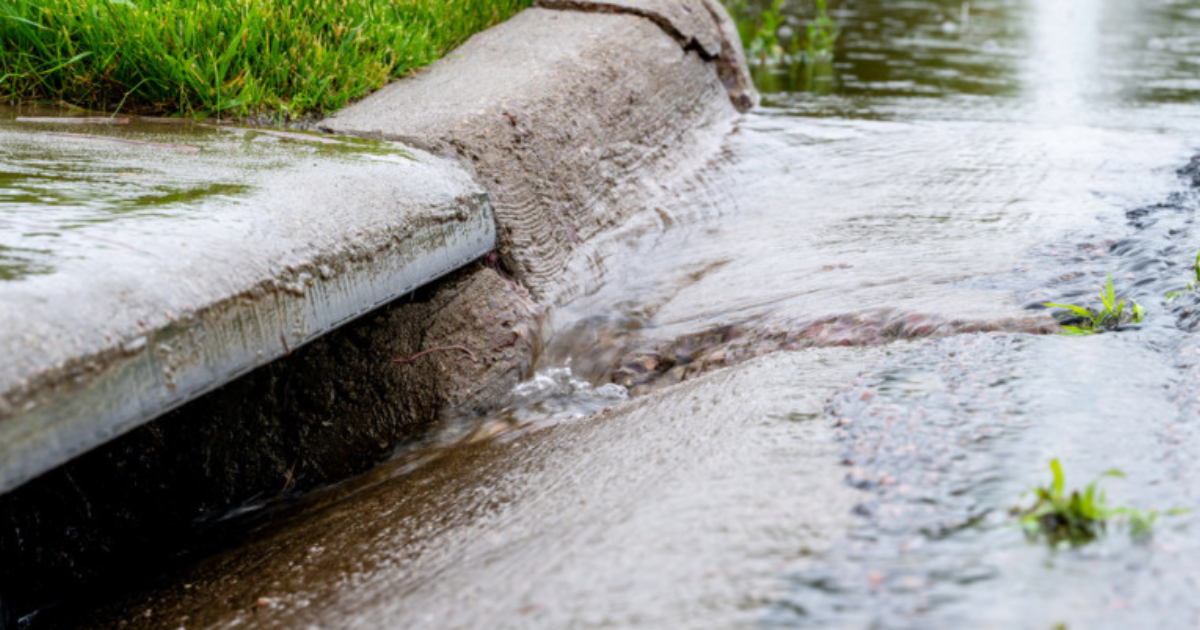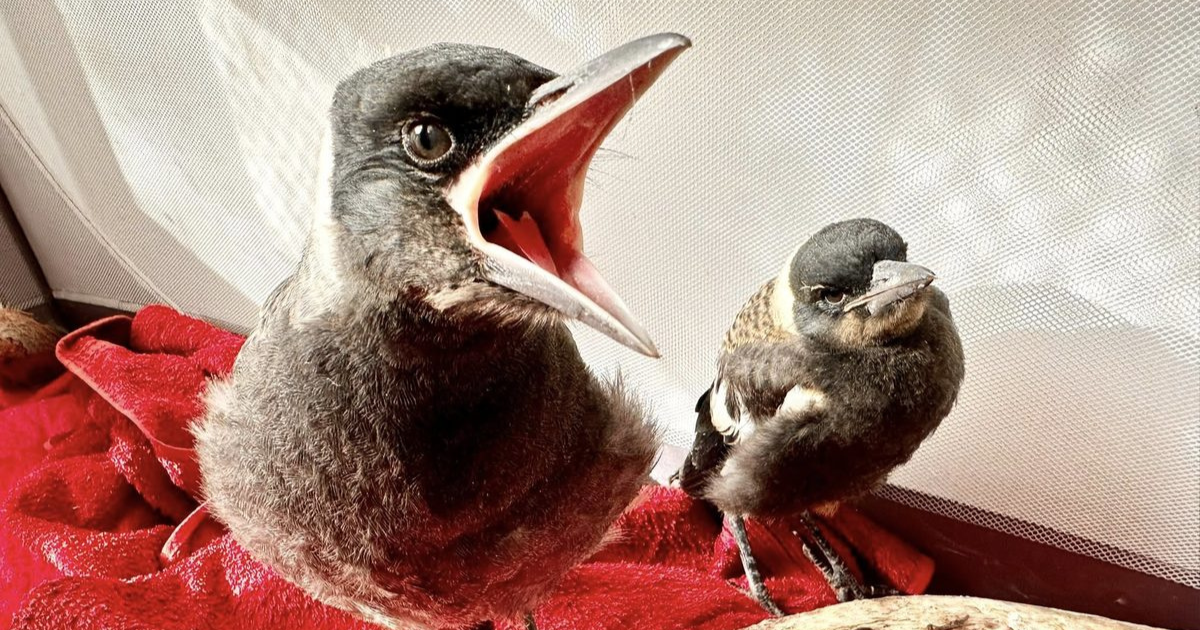Vulnerable Hoodie numbers stabilise

The five-week-old "Roadknight Christmas chick" has been taking its first short fluttery flights as it gets ready to fledge. Photo: BRON IVES
ANXIOUS volunteers are looking out for Hooded Plover chicks along the Great Ocean Road as fledglings reach the critical stage of being able to fly at around 5-weeks-old.
The four-week-old Roadknight Christmas chick in Anglesea is “taking its first short fluttery flights” according to Janice Carpenter, co-ordinator of the Friends of the Hooded Plovers Surf Coast.
The peak breeding season for the beach nesting bird is between December and January, clashing with the massive influx of summer holiday visitors.
“When disturbed they’ll flee the nest and if this keeps happening then they may be unable to return, eggs can overheat or get covered in sand and they are unable to find them again,” said Meg Cullen, BirdLife Australia’s Beach-nesting Birds Project Coordinator.
When nesting sites are found 30 metre exclusion zones are put in place while the chicks grow the feathers they need to fly.
Locals and visitors to Point Roadknight have been “absolutely incredible, 99 per cent of people with dogs have been really understanding,” said Janice Carpenter.

“They’re incredibly brave little birds, they’ll pretend they’ve got a broken wing in order to draw predators like dogs away from their chicks,” she said.
There are around 11 breeding pairs between Fairhaven and Torquay but Ms Cullen believes there is room for more and the birds numbers are improving.
“For the last three odd decades we’ve been seeing a decline, but the BirdLife campaign since 2006 has stopped the decline and we are starting to see a gradual increase in numbers. It’s very positive.”
There are an estimated 1500 Hooded Plovers on the Australian mainland between South Australia’s Eyre Peninsula and southern New South Wales, with another 1500 in Tasmania.
But, while population numbers are stabilising Meg Cullen warns of less manageable threats, particularly to habitat.
“Climate change is the next big thing we’re going to need to think about…sea level rises, coastal erosion and resulting engineering solutions like rock walls.”

















